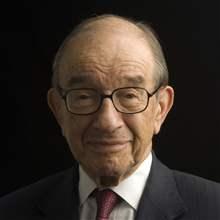

Research
BPEA | 1973 No. 2
1973, No. 2
THE POTENTIAL VALUE OF ACCURATE and timely information on current and developing economic conditions is huge. While the value may differ for a legislator,a corporate president, the chairman of the Federal Reserve Board, “a Treasury Department revenue estimator, or an econometric forecaster, such information carries extremely high value-both private and social. Official acceptance of this fact dates back at least to 1957, when Raymond J. Saulnier, then chairman of the Council of Economic Advisers, made a solicitation to the Bureau of the Census that resulted in the publication in 1961 of the monthly Business Cycle Developments. As first published, BCD took maximum advantage of the long years of painstaking research by Wesley Mitchell, Arthur F. Burns, Geoffrey H. Moore, Julius Shiskin, and others—many of thema ssociated with the National Bureau of Economic Research—who favored the so-called “cyclical indicators approach” to the analysis of business conditions. The major feature of the early volumes of BCD was the regular publication of some eighty economic series that had been judged to be important measures or indicators of national economic conditions. More than fifty of these series had been classified into “leading,” “roughly coincident,” or “lagging” groups, according to their typical timing and conformity with respect to U.S. business cycles.